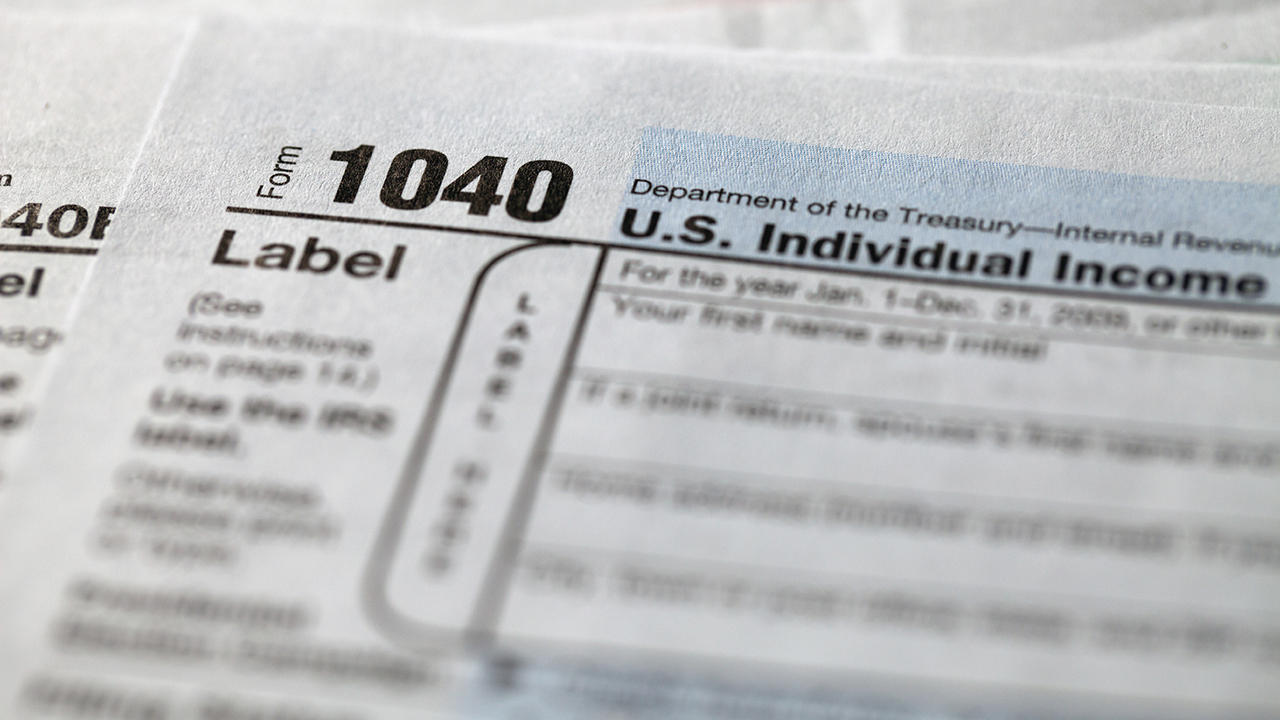Abortion rights, women of color, and LGBTQIA+ people are under attack. Pledge to join us in fighting for gender justice.
Four Things You Need to Know About The 2022 Tax Season

Tax season has arrived! Between now and April 18, you should plan to file your Tax Year 2021 taxes. It is especially important to file your taxes this year because you may be eligible for increased tax benefits—including the expanded Child Tax Credit—through the American Rescue Plan Act (ARPA).
As you may have heard, IRS backlogs and ARPA changes mean this tax season may be especially complicated. And so, here are four things you should look out for as you file your taxes:
1. Claim the Rest of Your Child Tax Credit
Under the ARPA, the Child Tax Credit (CTC)—which benefits most families with children—was expanded to $3,000 for children 7 to 17 and $3,600 for children under 6. If you received monthly CTC payments between July and December, you need to file your taxes to receive the second half of your CTC. If you did not receive monthly payments (either because you don’t usually file taxes or because you opted out of monthly payments on the IRS website), you can still get your entire CTC by filing your taxes this year.
If you would not usually file a tax return because you had little or no income in 2021, you still may be eligible for a refund from the CTC and must file a tax return to receive the full amount. Additionally, parents should file their taxes to claim the CTC for children born in 2021. For more information, visit ChildTaxCredit.gov.
2. Claim Your Other Expanded Tax Benefits
In addition to the CTC, you may be eligible for other tax benefits that were expanded under the ARPA for tax year 2021. The Earned Income Tax Credit (EITC)—which benefits workers and their families—now provides a larger credit to workers who do not have children at home and expands eligibility to workers between 19 and 24 and workers 65 and over. You may qualify for an ETIC of up to $1,502 if you do not have children living with you, or up to $6,728 if you are raising children.
Additionally, the Child and Dependent Care Tax Credit (CDCTC)—which helps families meet the costs of child care—is larger and more available to low-income families this year. If you spent money on child care expenses last year, follow these steps to claim the credit when you file your taxes. You can receive a CDCTC up to $4,000 for one child and $8,000 for two or more children.
Additionally, if you missed the third Economic Impact Payment (about $1,400 per person), you can still receive it when you file your return this year.
3. Come Prepared to Avoid Delays
The IRS is still catching up on tax returns from last tax season, so there will likely be delays for many families receiving their tax refunds this year. Fortunately, there are several steps you can follow to help reduce any delays with your tax refund:
- Bring necessary documentation. If you received monthly CTC payments, you should receive an IRS Letter 6419, which shows the total amount of advance payments you have already received. However, there have been some inaccuracies in these letters, so check your IRS Online Account for the official number. Additionally, you should receive an IRS Letter 6575 with information about your third stimulus payment. These documents will help you file your taxes accurately and receive the correct refund, so have them ready when you file your taxes or when you meet with a tax assistance professional.
- If possible, file your return electronically and choose direct deposit to receive your refund. This will help your refund process go quickly and smoothly.
- If you have a question about the tax filing process or the status of your refund, use online resources instead of calling the IRS. The IRS phone lines will likely be tied up during tax season, but online resources can provide answers to tax questions, check a refund status or pay taxes.
4. Get Help Filing Your Taxes
- Code for America’s GetYourRefund.org can connect you with an IRS-certified volunteer who can help you file your taxes for free. It will be fully live on January 31.
- Free tax assistance may be available through VITA and Tax Counsel for the Elderly.
- You can also get access to free tax filing software at MyFreeTaxes.com.





